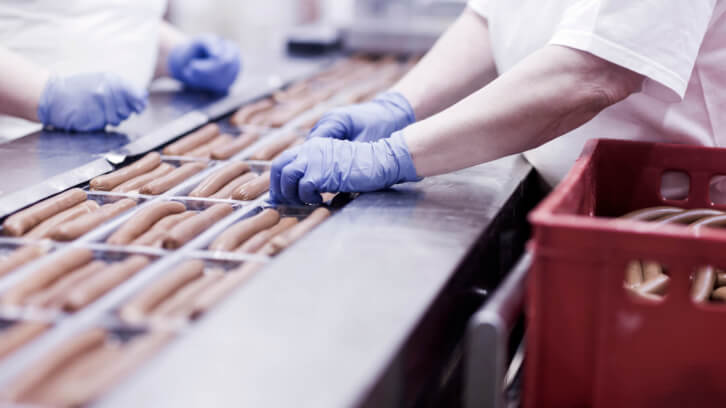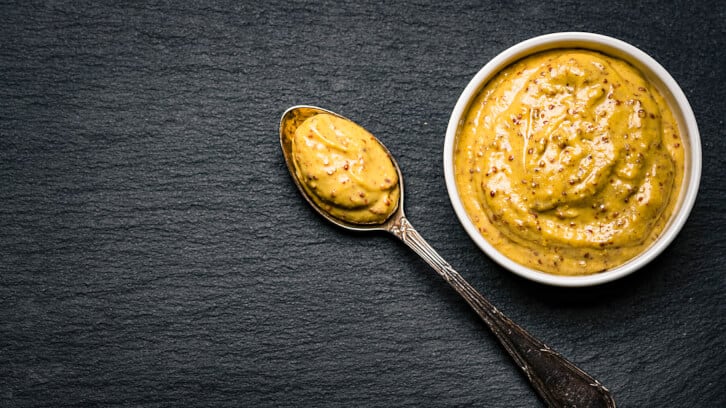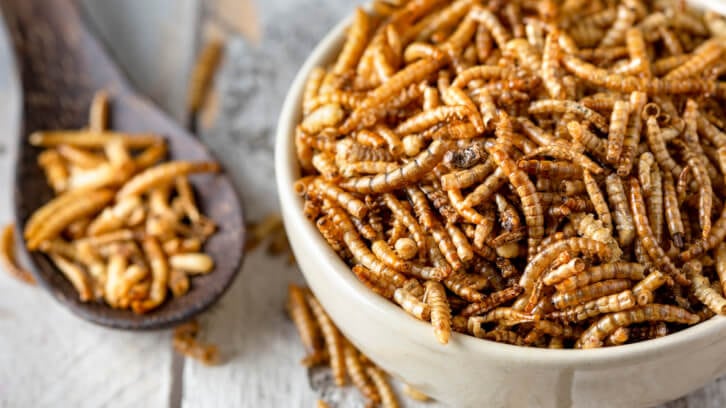As the frosty breath of winter envelops us in a chilly embrace, thoughts naturally turn to heart-warming culinary delights. While huddled up at a temperature of -7°C, visions of comforting dishes like sausages and mash or a steaming sausage casserole dance through the mind.
This setting sparks a curiosity, however: what exactly defines a sausage, and when are bangers not worthy of their sought-after title?
What is a sausage in legal terms?
In the United Kingdom, The Products Containing Meat etc. Regulations stand as the guardian of compositional standards for meat products. To earn the coveted title of 'sausage,' a product must adhere to rigorous regulatory requirements. A 'pork sausage,' for example, mandates a minimum of 42% pork as the sole meat, while a generic 'sausage' has a lower meat content requirement, varying with the species of meat used.
Meat, as per these regulations, is defined as the skeletal muscle of mammalian and bird species fit for human consumption, with naturally included or adherent tissue but excluding mechanically separated meat. Offal, with its intriguing variety of parts, is excluded, except for intestines serving as sausage skin.
Measuring meat content
There are significant analytical challenges in meat product evaluations, with much of the analysis being complex. Measuring meat content, collagen/protein ratio, fat levels, and identifying species is done routinely, whereas identifying the presence of offal or mechanically separated meat presents ongoing hurdles for researchers.
With prices high for meat currently, be aware of the types of approaches that may be used to reduce the cost of raw materials.
Sausages may not only be about meat; added fillers like cereals, soya and caseinates contribute to the nitrogen content, impacting calculated meat content. Additives, with limits on preservatives like sulphur dioxide and colours, also play a role; not to mention the aromatic herbs and spices that lend sausages their distinctive flavours.
Protected sausages
Some UK sausages enjoy the prestige of protection through PGI's (protected geographical origin) – Newmarket sausages and traditional Cumberland sausages being the current examples. Adhering to specific specifications, including meat type, appearance, ingredients and production methods, is a requirement for products to bear these esteemed names.
The alternative sausage debate
Now, the question arises: can a sausage made with cultivated meat meet the criteria? Given that it won't consist of skeletal muscle, it seems unlikely.
Beyond traditional and new-age meat, the term 'sausage' takes on a whole new dimension in vegetarian and vegan foods and has been the subject of heated debate.
While we have seen proposals of alternative terms like 'vegetarian cylindrical food item’ and recent EU farm policy reforms, which would have seen the word ‘sausage’ being exclusively used meat, rejected, inconsistences in national regulations persist. Take France, which is in the midst of a debate regarding the use of names for animal-origin foodstuffs in plant-based products. The proposal to restrict these terms awaits a verdict from the European Court of Justice.
What remains unanimous is the need for clarity. Consumers must easily be able to distinguish between meat and plant-based sausages, and regulation dictates that presentation, packaging and labelling is clear to prevent misleading information.
However, despite the regulatory intricacies, one thing is certain: during cold wintry times, the joy derived from savouring a well-crafted sausage transcends the complexities that define it.




